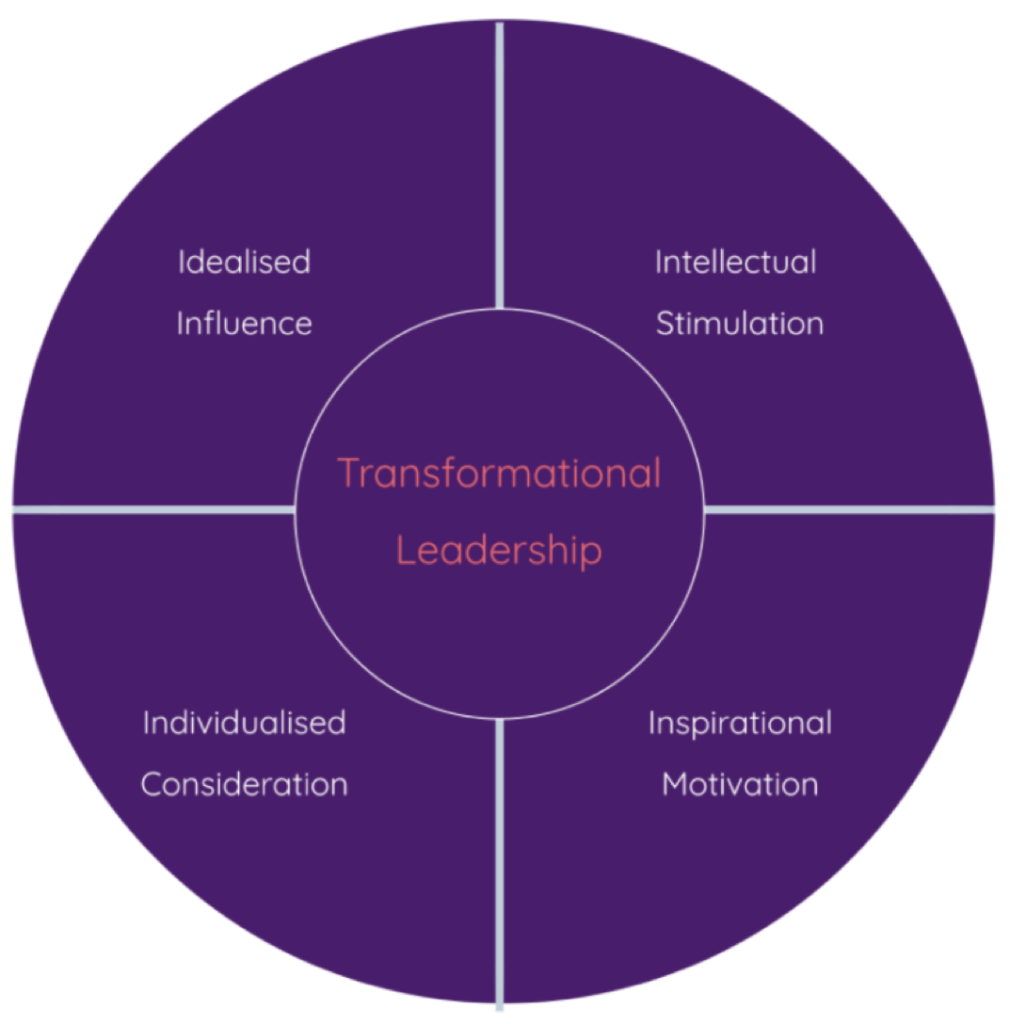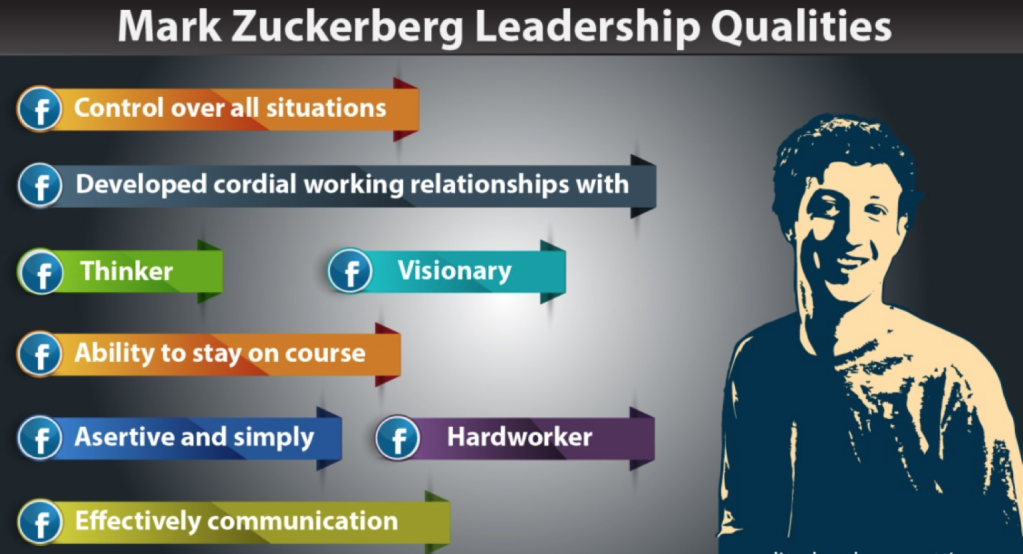1. Scholar and practitioners have challenged theories
Leadership theories are developed based on the management style adopted by leaders while managing their team. In the initial days, leaders were measured with some of their key characteristics, those are honesty, level of intelligence, imaginative power, competency, communication skill and others. The great man theory is considerably the oldest theory introduced in the year 1911 (villanovau.com, 2019). According to the great man theory, leaders are the authorised person of using power in a specific context. In other words, leaders are heroes and all employees associated with the company follow the instructions provided by the leader.
By the time passes, the nature of the workplace has been changed, eventually, changes in the leadership style have also changed. Introduction of trait theory took place during the 1950s. According to the theory, it was believed that “Great leaders are born, not made”. Later in the year, more flexibility took place in the work environment.


Transformational leadership theory was introduced in the year 1978 by Hames MacGregor (Leaders Excellence, 2019). According to transformational leadership theory, a leader works with the team and identifies the need for change in the workplace. Transformational leaders work in such a way so that they become an inspiration to the employees.
Based on the behaviour of leaders, the introduction of behavioural theory took place. According to Harrison (2018), behavioural theory can be segmented into three different parts: Democratic leader, autocratic leader and laissez-faire leaders. If a leader takes the decisions of their own then it is an example of an autocratic leader. During the context of taking opinion from others, the leadership style is considered a democratic leader. Laissez-faire leadership is the direct opposition of autocratic leadership style, in this style leaders take the final call based on group or team’s opinion. No personal analysis is done by the leader in this context.
Through the above discussion it can be determined that over time, leadership has been changed. Increasing flexibility in the workplace was the primary reason behind introducing new leadership theories by practitioners. Later sections of the blog will show some real-life application of these theories.
2. Identification of challenges faced by current leader due to changing world
- Technical challenges
Work culture is getting changed day-by-day due to changing preferences from customers. For example, if the retail industry is taken into account it can be determined that people used to go to retail stores to buy grocery, appliances, and clothes during the first decade of the 21st century. However, in recent times due to the introduction of e-commerce, preference of buying products have been changed completely. As people like to buy from online nowadays, therefore, leaders who used to lead a retail store now focused towards the availability of the business online.

According to Andriukaitienėet al.(2017), technical knowledge is the key requirement for any individual that is planning to come up with an e-commerce business. Lack of technical knowledge is one of the major issues faced by leaders in recent times. Apart from that, managing every department is one of the key responsibilities of any leader in any business context. To manage all departments in recent times, organisations use ERP solutions. However, in earlier days there were no ERP solutions present. To cope up with the situation, leaders nowadays are bound to implement ERP solutions to their organisation and it also requires technical knowledge.
- Remote work
Due to the recent COVID pandemic, leaders used to guide their employees over the phone and other communication mediums. Leaders have never come across such a situation as a result, they do not have such experience. Leaders faced a significant amount of challenge due to the concept of “remote work” and “work from home”.
- Human psychology
Human psychology changes over time, in other words, people wanted to work on guidance from others. However, in recent times people want more freedom and flexibility in their work. Human psychology is completely subjective and it is very difficult for leaders to understand at what rate human psychology of an individual is changing (Haslam, Reicher &Platow, 2020).
3. Example on the retail industry
Tesco is one of the most popular retail companies in the United Kingdom. The company was founded in 1919. As per current reports, it is found that the company currently has more than 2,200 stores across the globe. In addition to this, the company has a net profit of £3.4 billion and they have a workforce of 468,000 employees (Business Case Studies, 2019).
Research has disclosed that the management team of Tesco have successfully implemented a motivation theory to manage their employees. “Maslow’s hierarchy of needs theory” and “Herzberg’s two-factor theory” are completely followed by the management team of Tesco to motivate their employees.

As per Maslow’s theory, it has mentioned that every employee or individual initially needs to have their basic requirement then they must be allowed to realise their potential (Hopper, 2019). By keeping the statement in mind Tesco offers a living place, employee voting system and other initiatives.

On the other side, the two-factor theory has mentioned satisfiers and hygiene factors are two factors that work as motivators to an employee. Offering timely communication, delegating responsibility are some of the initiatives taken by Tesco works as satisfiers. In addition to this, Tesco offers a high pay scale to employees which works as a hygiene factor to employees (Business Case Studies, 2019).
4. Development of leadership theories
Application of leadership theories must be applied effectively in the future to enhance workplace efficiency. Some recommendations on using leadership theories in future are listed below.
- The leaders should be capable enough to change their behaviour according to the time and nature of the decision. For example, if a leader wants to design a workplace policy then he/she must take opinion from employees and follow the principles of democratic leadership style. On the other side, the leader must follow the autocratic leadership style if it is a business decision.
- If the example of Mark Zuckerberg (CEO of Facebook) is taken as an example it can be determined that he is a leader who follows both behavioural theories as well as transformational leadership style (Financhill, 2019). It is highly recommended that future leaders must follow leadership styles from different domains to make themselves more flexible with the situation.

- In recent times, the existence of the great leader theory is still there in the sales department of organisations. The main reason behind following the great leader theory is to achieve the target that has been assigned to each sales executive. It is highly recommended that in future, leaders must identify the issue of non-achieving targets rather than following principles of the great leader theory. Giving proper training, modification of the product, making achievable targets are some of the strategies that must be integrated rather than following great man theory.
- Henry Ford is a classic example of an autocratic leader (Lee, 2020). Autocratic leadership is not a desirable leadership style from an employee’s perspective. However, Henry Ford is the reason behind the foundation of Ford Motors. Hence, Autocratic leadership ensures success as well. In future, it is also recommended that autocratic leadership style must be followed by professionals but they must keep in mind that the workplace environment should not be affected due to the autocratic leadership nature from the leader’s end.
References
Andriukaitienė, R., Voronkova, V., Kyvliuk, O., Maksimenyuk, M., &Sakun, A. (2017). Theoretical insights into expression of leadership competencies in the process of management. Problems and Perspectives in Management, (15, Iss. 1 (cont.)), 220-226.
Business Case Studies (2019). Motivational theory in practice at tesco. Retrieved 1 December2020, from: https://businesscasestudies.co.uk/motivational-theory-in-practice-at-tesco/
Financhill (2019). Mark Zuckerberg Leadership Style. Retrieved 1 December2020, from: https://financhill.com/blog/investing/mark-zuckerberg-leadership-style
Harrison, C. (2018). Leadership research and theory. In Leadership Theory and Research (pp. 15-32). Palgrave Macmillan, Cham.
Haslam, S. A., Reicher, S. D., &Platow, M. J. (2020). The new psychology of leadership: Identity, influence and power. Routledge.
Hopper, E. (2019). Maslow’s hierarchy of needs explained. Viitattu, 12, 2019.
Leaders Excellence (2019). The Evolution of Leadership. Retrieved 1 December2020, from: https://leadersexcellence.com/the-evolution-of-leadership/
Lee, S. (2020). What Is Autocratic Leadership?. Retrieved 1 December2020, from: https://torch.io/blog/what-is-autocratic-leadership/
villanovau.com (2019). The Great Man Theory. Retrieved 1 December2020, from: https://www.villanovau.com/resources/leadership/great-man-theory/#:~:text=Those%20who%20support%20the%20theory,odds%20on%20behalf%20of%20followers
Hi, TJ! Could you please prove any example of good leadership that you think?
LikeLike
Google is a nice example in recent days. The team normally sets a deadline for work, and they also have hot desks for work. This way will be more flexible.
LikeLike
This is an excellent idea. I agree with you. In fact, I think human psychology is changing persistently. Are psychological change from employees important for leaders in an organization, and how to manage?
LikeLiked by 1 person
Yuki, thanks for your reply! I have to say the leadership style is totally different compare with the past. The company and leader team should respect the personal feel of each employee. It will help the company developing fast.
LikeLiked by 1 person
Totally agree with this idea. In the current social development, when a company respects its employees, it can promote the progress of the company and increase its stickiness.
LikeLiked by 1 person
Amazing
LikeLike
Brilliant idea! And it’s kinda new for me to know another way of the leadership now:)
LikeLiked by 1 person
Do you think the past leadership is worse than now?
LikeLike
It depends on the future plan for their market.
LikeLike
It also depends on the size of the company and the way of operation.
LikeLike
Which styles of leadership you think is the most significant one in today’s society ?
LikeLiked by 1 person
Transformational leadership is a nice one to use in a medium company. It makes the company works efficiently.
LikeLike
So great ideas!! I can understand easily the new leadership style today through your article!
LikeLiked by 1 person
Great ideas, Tj!
Which leadership style do you think is the most relevant to today’s world?
LikeLiked by 1 person
Maslow theory is interesting!
LikeLiked by 1 person
Maslow theory can help company analyse the motivation of employees
LikeLiked by 1 person